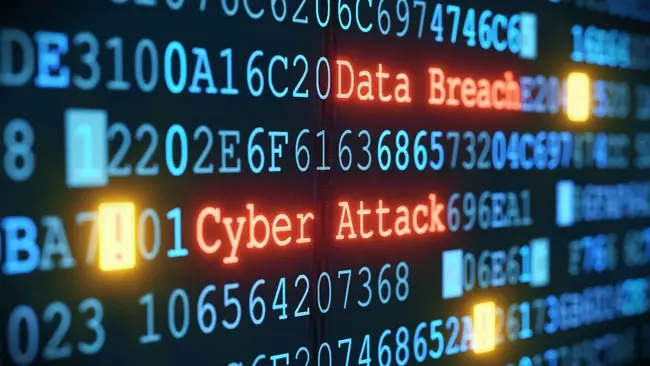
In the new digital age, internet scams and fraud, as well as the loss or theft of data, are a great risk and can have serious consequences for users and businesses. Some of the personal information stored on computers becomes difficult to replace or could offer hacking groups the opportunity to steal your digital identity and your money.
Furthermore, at a business level the risks increase, since the identity of your clients and suppliers, financial information related to your company's operations, as well as patents, and sensitive product or campaign data are at stake. All of this has an origin, the biggest facilitator of cyberattacks is human behavior.
Keep in mind that even the latest and strongest cybersecurity platforms cannot protect anyone from “opening the door and letting the hackers in.” Cyberattacks can take a variety of forms, ranging from compromising personal information to taking control of computers and demanding a ransom.
Attack spreading
The reason these attacks spread so quickly is that they are often difficult to detect and there is no culture of cybersecurity. To prevent these situations, you must first know the cyber threats and how cyber attacks occur.
Both social engineering and different types of software (viruses or worms) use deception so that data is provided or a file is downloaded that plants a code on the computer and thus steals information; Any of these situations could be described as a cyber attack, so what does a cyber attack look like?
It is important that you be prepared because it can occur from the most innocent to the most complex form. For example, a message that appears to come from a legitimate business or credit card company, and often appears urgent and includes a link to “click.”
However, if you look closely at the email you will find clues as to whether it is real or not. One tip is to always check if the link looks real, or does it contain names that aren't there. By answering this question you will have a clear idea about the legitimacy of the message.
Steps to prevent an attack
Here we share a series of steps that, in addition to helping you, allow you to generate a culture of cybersecurity:
-
Install a firewall
The first recommendation that we bring you on this occasion is related to the installation of a firewall, which is a software program or hardware device that is responsible for examining all the information that arrives through the Internet connection.
By establishing a firewall on your network, you can protect the system from any attack, as it will block any malicious anomaly before it affects the server.
-
Keep the server up to date
Another recommendation that you must follow is to keep your server or that of your organization updated. That is, you must keep the software and system in their latest version. The updates solve any bugs and cover patches that may register any insecurity in the program, where cyberattacks can enter if not enough care is taken. Therefore, keep your systems up to date and protect your server.
-
Ensure endpoint protection
Another important recommendation to protect your servers is to guarantee the protection of endpoints, that is, the exit points that an organization may have. These can be individual devices, such as tablets, mobile phones, or laptops that leave the company's physical site. All devices that are connected to the organization's network can be a breaking point that puts security at risk.
-
Encrypt data and make backup copies
Likewise, it is also recommended that all databases and sensitive information be encrypted, so that no attacker can access your passwords if the information is established in plain text files, without any type of security.
Even so, even if information is encrypted, it is possible that a malicious agent enters and affects your server. However, encryption does not allow the agent to read this information. On the other hand, it is advisable to make regular backup copies of all sensitive information that you do not want or may lose.
-
Create cybersecurity policies
Finally, we have one of the recommendations that groups together the rest that we give you in this article and other important ones for the protection of your organization. It is about the creation of cybersecurity policies. These policies must take into account different variables that help you protect the organization.
-
Use antivirus
Antivirus is a specific type of software that focuses on detecting and removing viruses, malware, and other cyber threats. This software works by identifying malicious code patterns in files that are downloaded or executed on your computer. Thus, when a threat is detected, the antivirus takes measures to remove it from the system.
It is important to note that, although antivirus is an essential component of online security, it is not enough to fully protect your company or even a specific operating system, considering the wide variety of attacks and breaches that exist, as well as the sophistication of cybercriminals' mechanisms.
Conclusion
The best method to better protect your data is to make your company's employees more aware of online threats. Make sure your staff is aware of the risks posed by malware and phishing scams since knowledge is power.
Cybersecurity needs trained personnel to understand the full value of technology investments and IT procedures; Thorough anti-malware software is very important to prevent computers and mobile devices from becoming infected. However, it is also advisable to periodically back up your data.
Remember that even if your devices have never been infected with malware, the failure of a hard drive or other components could make it difficult to access your most valuable information. At that point, you'll be glad you backed up your data.








